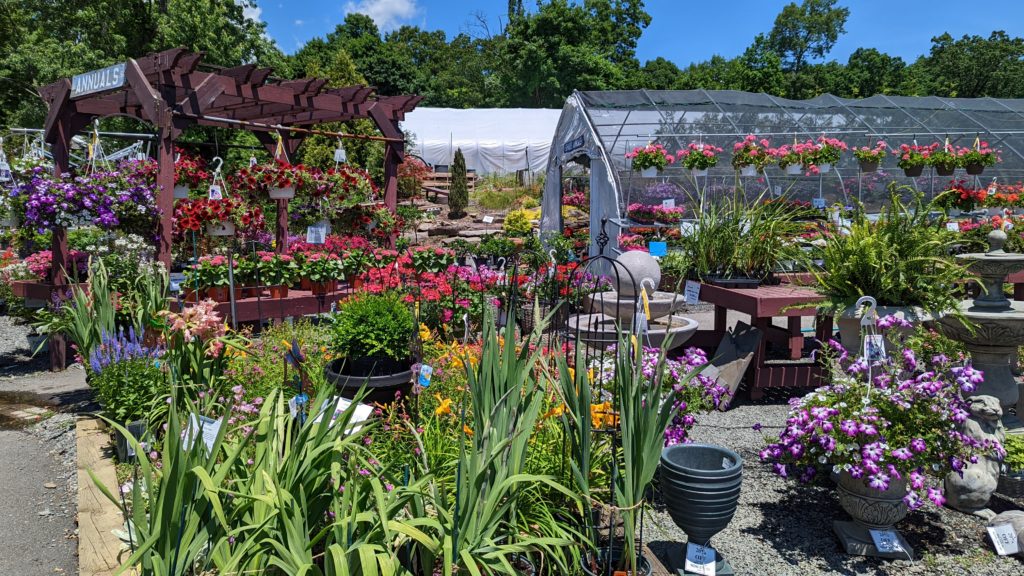
(Pomona, New York) July 12, 2022 — When it is time to escape for some much-needed R & R, how do you care for your gardens and indoor plants? First, consider the water and lighting needs for your different types of plants. Succulents will be fine on their own while herbs, vegetables, and some houseplants will need some form of watering while you are gone.
The material, size, and style of a pot have an impact on the watering needs of the plant inside it. The soil in terra cotta pots dries out more quickly than in glazed ceramic or plastic pots; smaller pots under six inches in diameter do not retain moisture as well as larger pots of 10 inches or larger. Soil Moist is a product you can add to the soil in your pots to reduce the number of waterings by 50 percent. The granules store more than 200 times their weight in tap water and release a steady supply of water as your plants need it.
For houseplants, the simplest solution is to group them together in the kitchen sink or bathtub filled with a couple of inches of water. Place a towel on the bottom to keep the pots from scratching the surface and remove the saucers so the plants can wick the water up through the drain holes. This should keep them hydrated for a week to 10 days. Move indoor potted plants away from sunny, south-facing windows because water evaporates more quickly in the warm temperatures and direct sunlight.
Outdoor plants can also be grouped together in a kiddie pool, preferably in the shade. You can set up a sprinkler on a timer to add water if you are planning on being gone for an extended time. Another option is to set up a wicking system that goes from a water bucket to each plant. Cut a piece of cotton rope and place one end close to the plant a few inches below the surface of the soil, taking care not to disturb the roots. Rest the other end of the rope in the bottom of your filled water container. The cotton rope will slowly wick water from the container into the pot, maintaining a constant level of moisture in the soil.
You can also make a self-watering system with plastic one or two-liter bottles. Punch a few holes in the cap, fill the bottle with water, flip it over and bury the cap in the potting soil. As the soil dries out, water will slowly seep out. A wine bottle does the same trick—just hold your thumb over the top as you invert it into the dirt.
